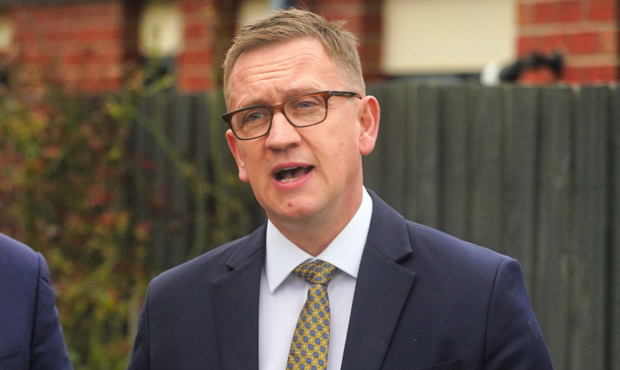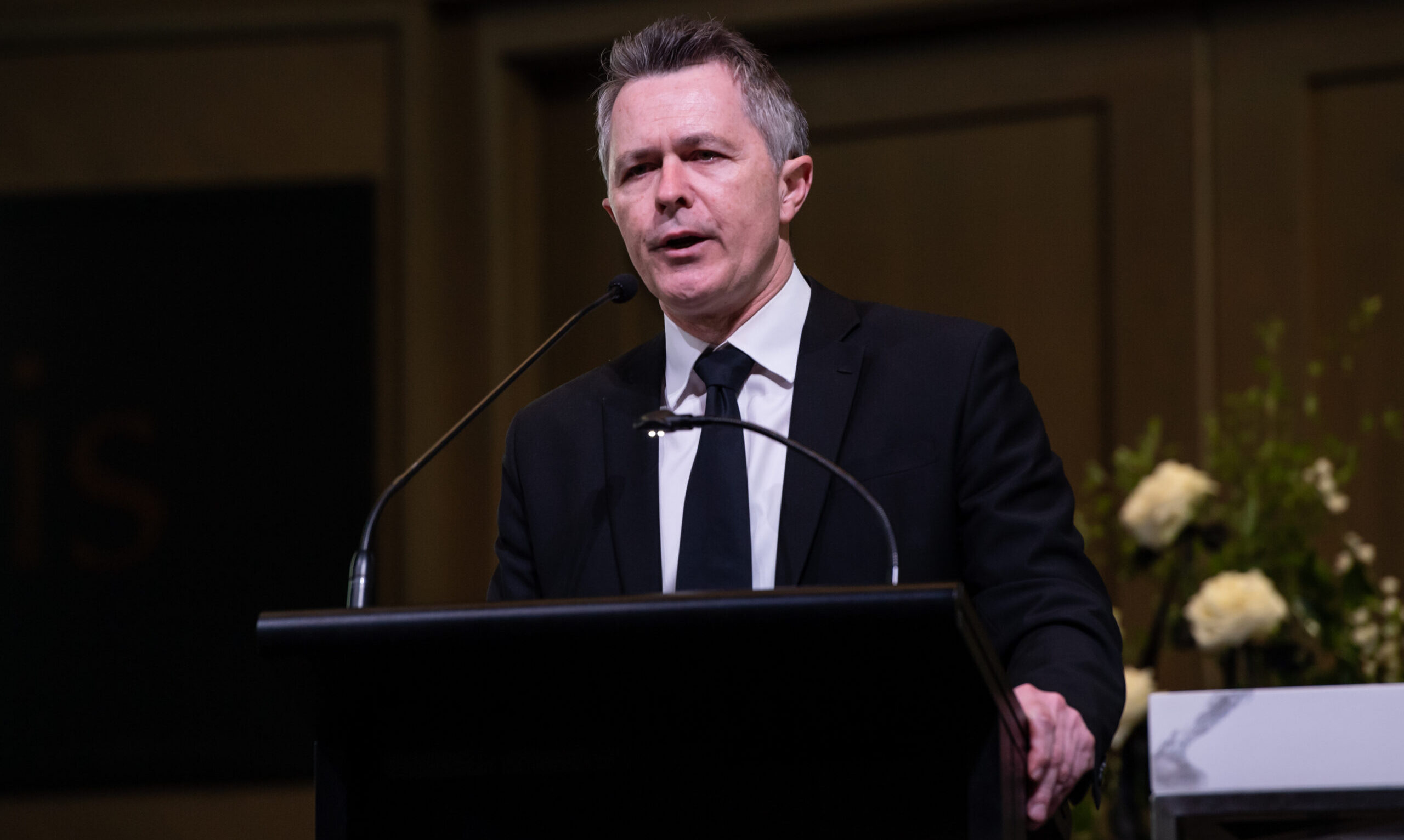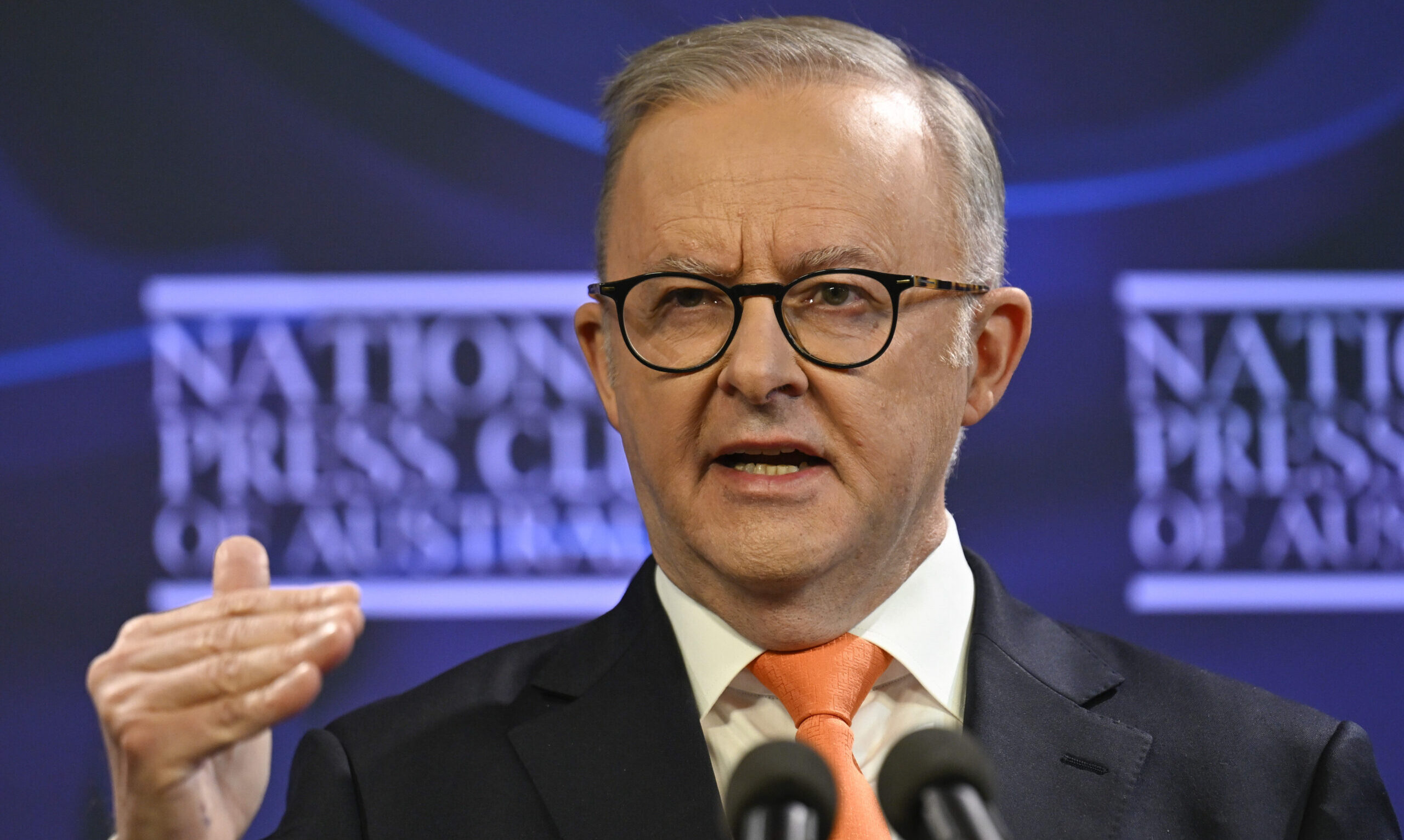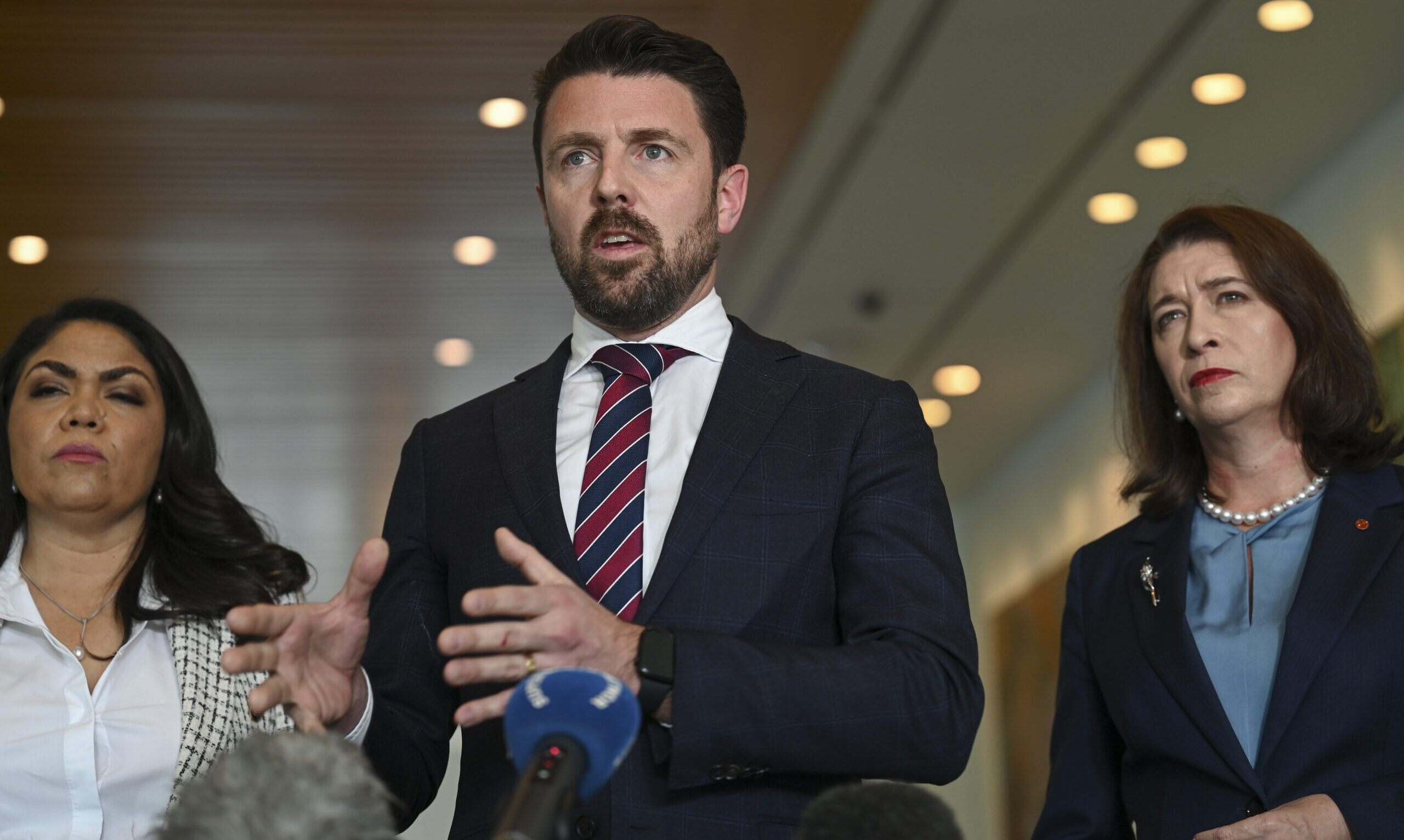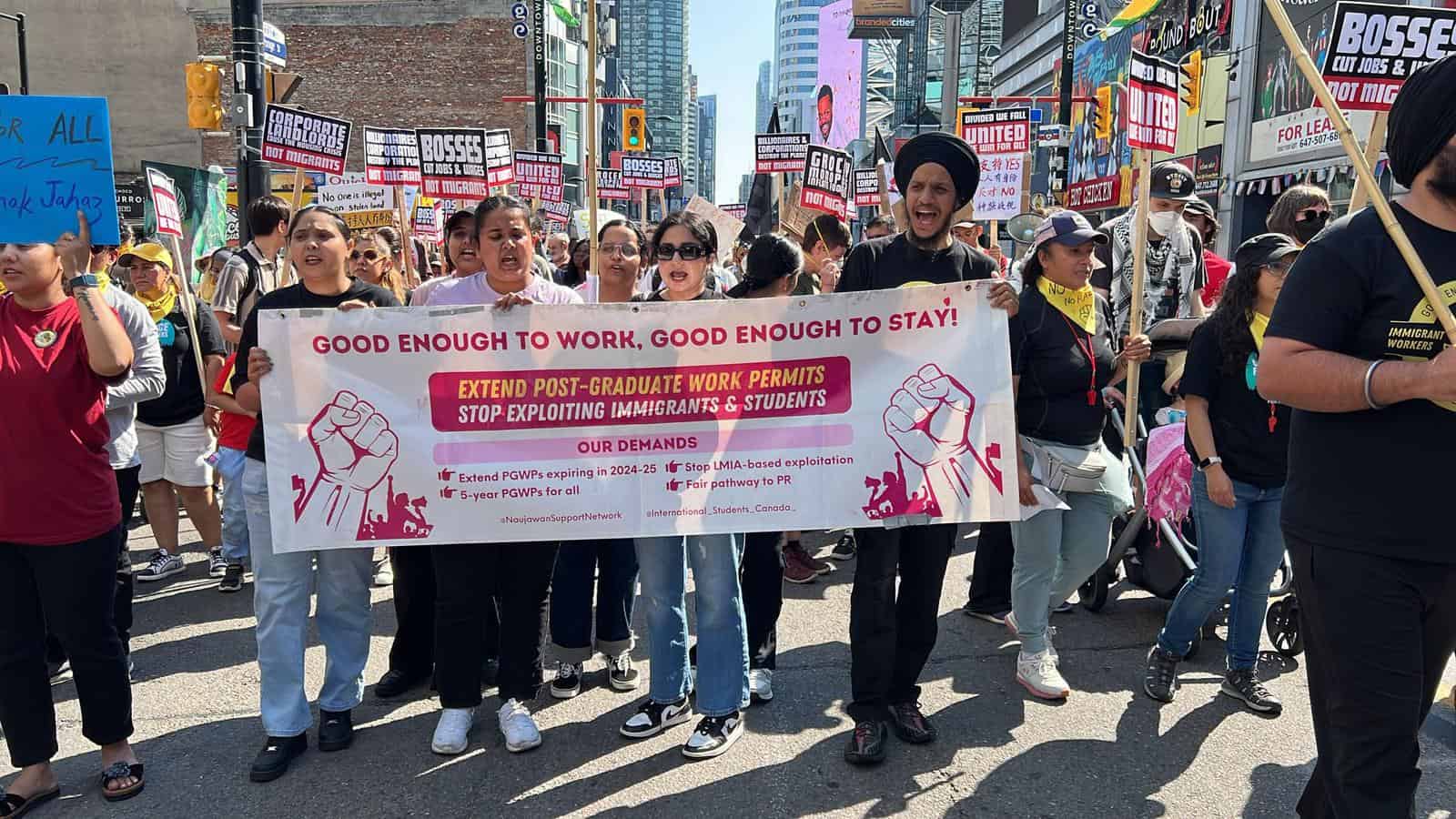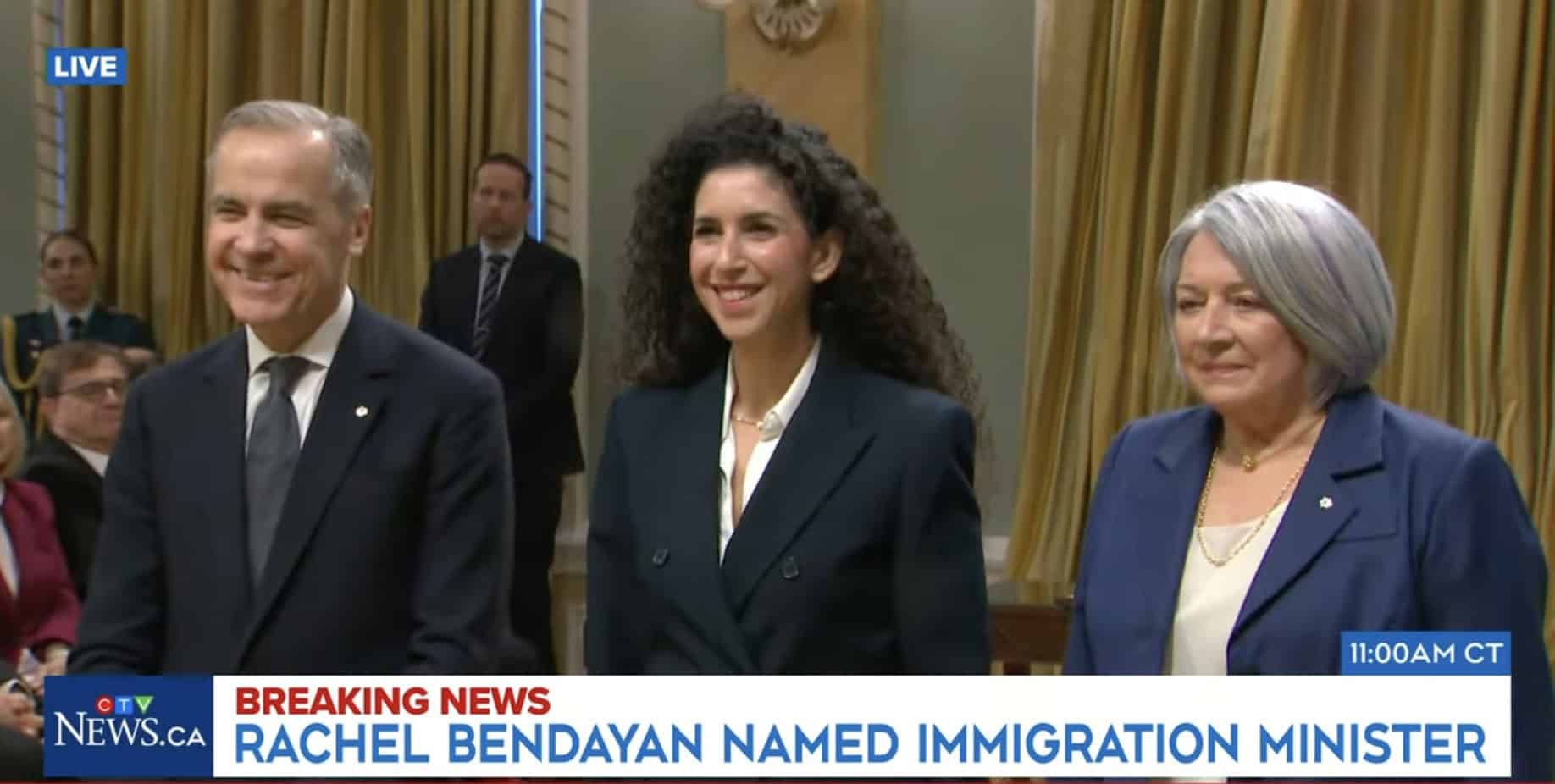With Mark Carney sworn in as Canada’s new Prime Minister, major education groups have urged the incoming cabinet to recognise international students’ vital role in the country’s economy.
As Canada has already implemented study permit caps and post-graduation work permit restrictions over the past year, stakeholders are pinning their hopes on Carney.
His decision to remove immigration minister Marc Miller – widely seen as a key architect of temporary resident restrictions – has fuelled expectations for change.
“New leadership brings a fresh perspective on policies and challenges, and we welcome the opportunity to meet with the new minister to discuss the vital role of international students in Canada’s immigration strategy,” a Universities Canada spokesperson told The PIE News.
Despite the optimism, Carney’s stance on immigration policies in Canada leaves much to consider.
Terming the North American country’s immigration policies as “failure of executions,” Carney has previously stated that Canada has failed to live up to its “immigration values.”
“We had much higher levels of foreign workers, students and new Canadians coming in than we could absorb, that we have housing for, that we have health care for, that we have social services for, that we have opportunities for. And so we’re letting down the people that we let in, quite frankly,” Carney stated at a Cardus event – a Christian non-partisan think tank – in November.
Moreover, according to a CIC News report, Carney’s policy aims to address Canada’s housing crisis by “capping immigration until it can be returned to its sustainable pre-pandemic trend,” as stated in policy documents released in February 2025.
This aligns with the government’s aim to reduce Canada’s total population of temporary residents by about 445,000 in 2025 followed by another 445,000 in 2026.
According to the Universities Canada spokesperson, while Carney intends to follow a similar direction in temporarily reducing immigration, Canadian universities “stand ready to collaborate on a responsible, sustainable plan that aligns with the country’s labour needs”.
“This approach should be targeted – prioritising individuals with the right skills – while also addressing internal issues like processing delays that hinder Canada’s ability to attract top global talent,” stated the spokesperson.
According to Larissa Bezo, president and CEO, Canadian Bureau of International Education, Canada’s International Student Program is not expected witness any new major changes.
“Against the backdrop of an existential threat to Canada’s sovereignty and policy focus on Canada’s economic resilience, CBIE does not anticipate further policy changes affecting international students in the near term,” stated Bezo.
“CBIE is actively engaging with policymakers to ensure that any future policy recalibration reflects the strategic role international students play in Canada’s long-term economic and demographic sustainability.”
Though Carney hasn’t made direct statements about further restrictions on international students, he has previously blamed Canadian provinces for underfunding higher education, which pushed institutions to rely on international students.
“Transfers from provincial coffers have been frozen, leaving universities to rely completely on international students for growth,” he stated at an event, as per Canadian media reports.
Ontario’s universities predicted nearly $1 billion in financial losses over the next two years as international student caps exacerbate “years of underfunding”, as reported by The PIE News.
The figures do not yet account for the additional impacts of policies that further reduce the cap and including postgraduate students, among other changes.
Several Canadian colleges and universities across various provinces have also recently reduced programs and staff due to a decline in international student enrolment.
While Sheridan College in Ontario is suspending 40 academic programs with an expected revenue loss of $112 million, Douglas College in British Columbia suspended its business and technology programmes and laid off 15% of its faculty.
Alberta’s Bow Valley College reported a 25% decline in international student enrolment, cancelled five diploma programs, and laid off staff, while Nova Scotia’s Cape Breton University has paused intake for certain engineering and technology programs, and cut staff to manage budgetary constraints.
“While our advocacy focuses on the federal level, we recognise the persistent underfunding of the post-secondary sector in many provinces,” stated the Universities Canada spokesperson.
Canadian universities, especially ones in Ontario, have not only witnessed decline in public funding but also reduction in domestic tuition fees, in recent years.
“The immigration policy changes of the past year have exposed what is a chronic under-funding and undervaluing of post-secondary education in this country,” stated Bezo.
“Ultimately, we need commitment by provinces and territories to properly fund post-secondary education in Canada to ensure a high-quality offering for Canadian students which is not reliant on revenues from international student tuition for operational survival.”
“In 2022 alone, they injected $30.9 billion into the economy, surpassing the auto parts manufacturing industry, and supported over 361,000 jobs.”
Universities Canada spokesperson
The organisations have also highlighted the economic impact of international students, who have contributed $31 billion to Canada’s GDP in 2022, as reported by The PIE News.
“In 2022 alone, they injected $30.9 billion into the economy, surpassing the auto parts manufacturing industry, and supported over 361,000 jobs,” stated the Universities Canada spokesperson.
“Their contributions also generated $7.4 billion in tax revenue, funding essential services like hospitals, schools, and infrastructure.”
“We need to see more recognition for the fact that international students are integral to meeting Canada’s economic, demographic, and workforce priorities,” added Bezo.
“International students fill critical workforce shortages, strengthen Canada’s research and innovation ecosystem, and enhance regional economic development.”

